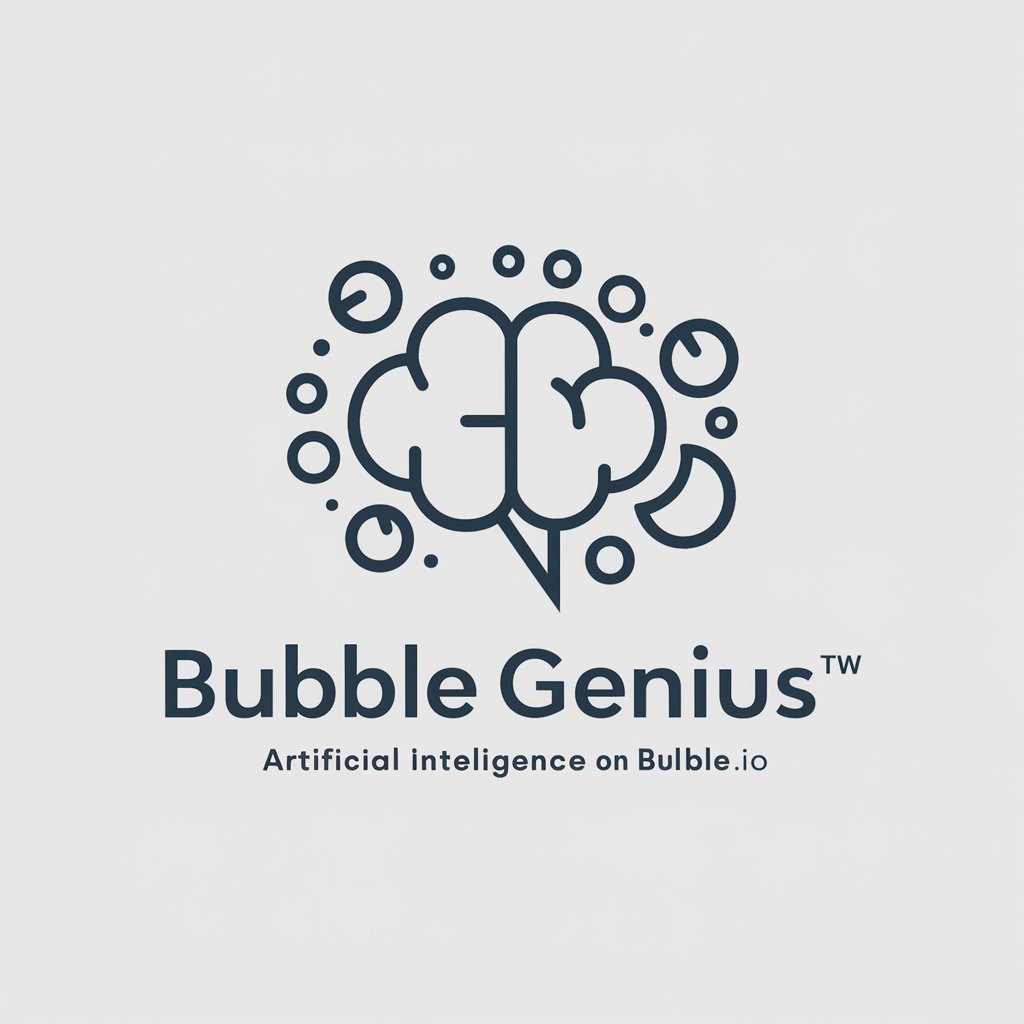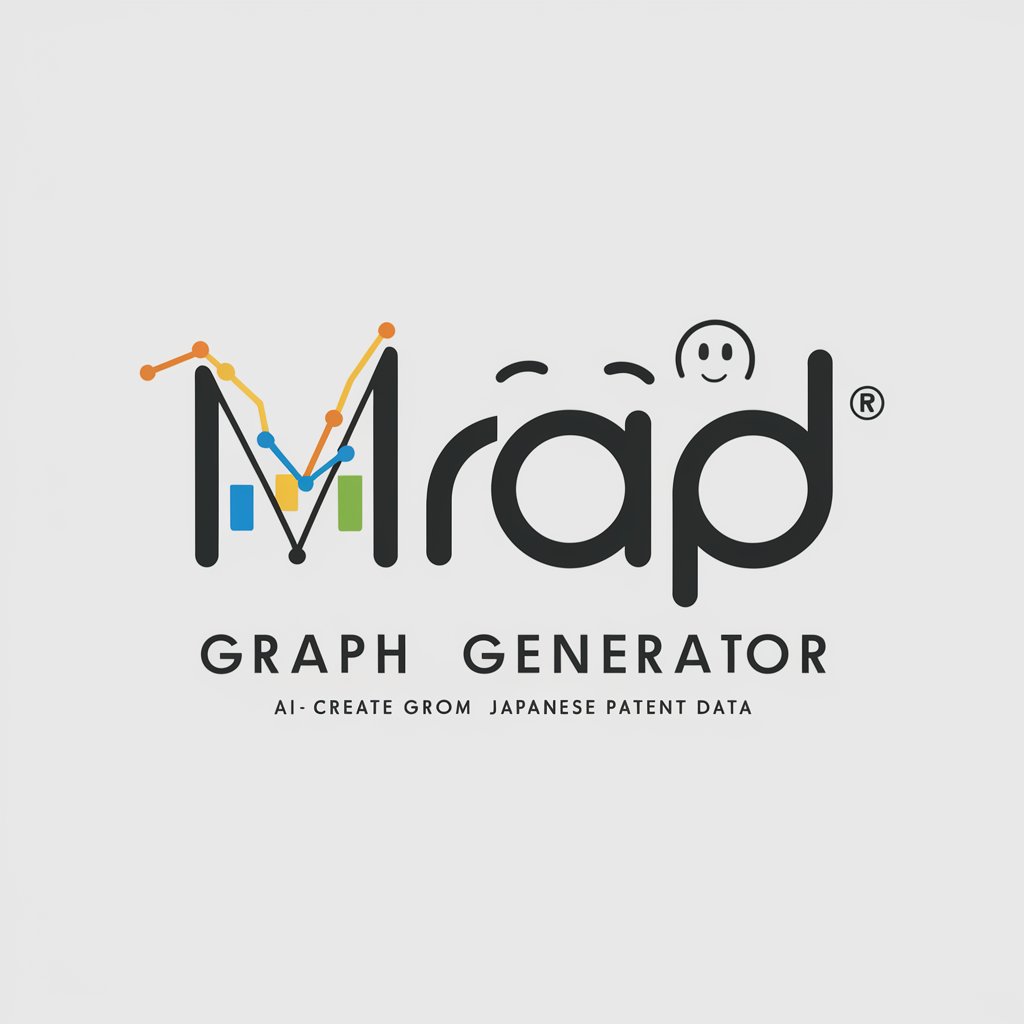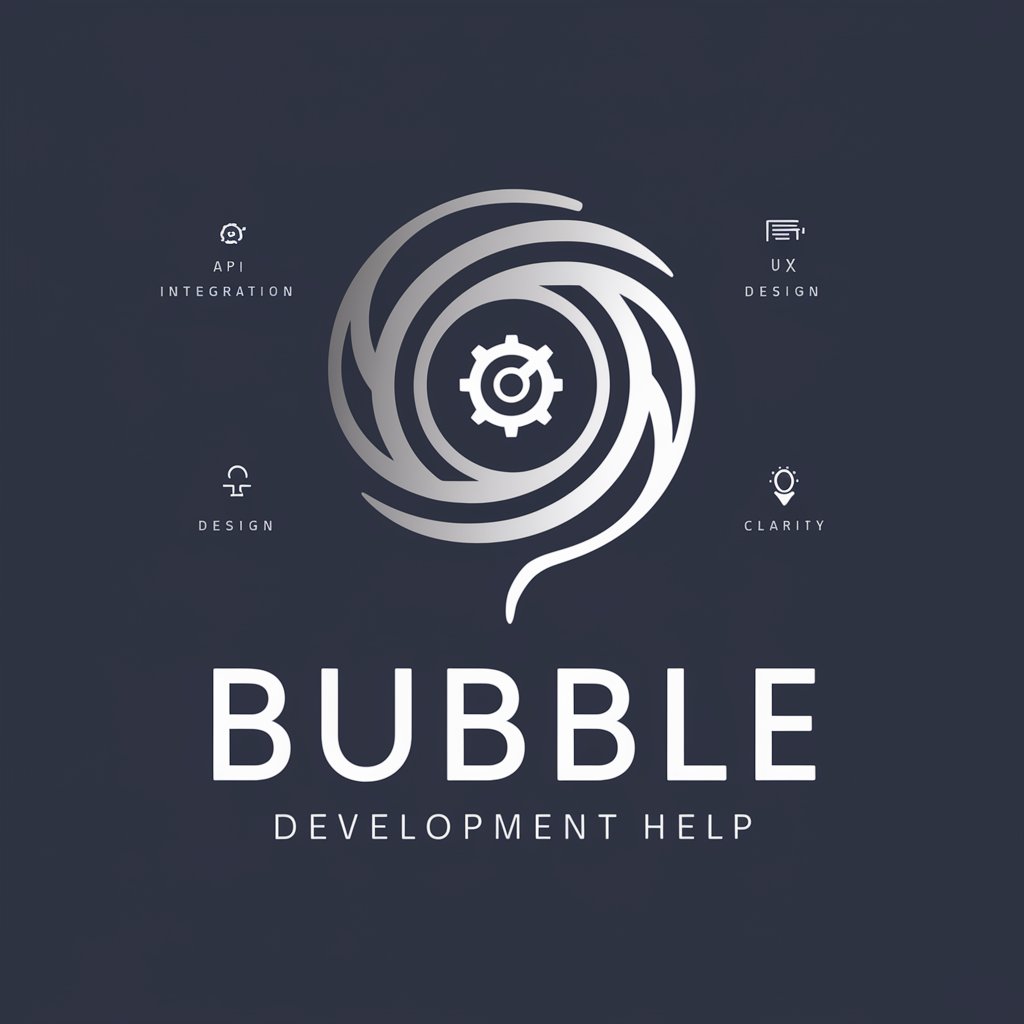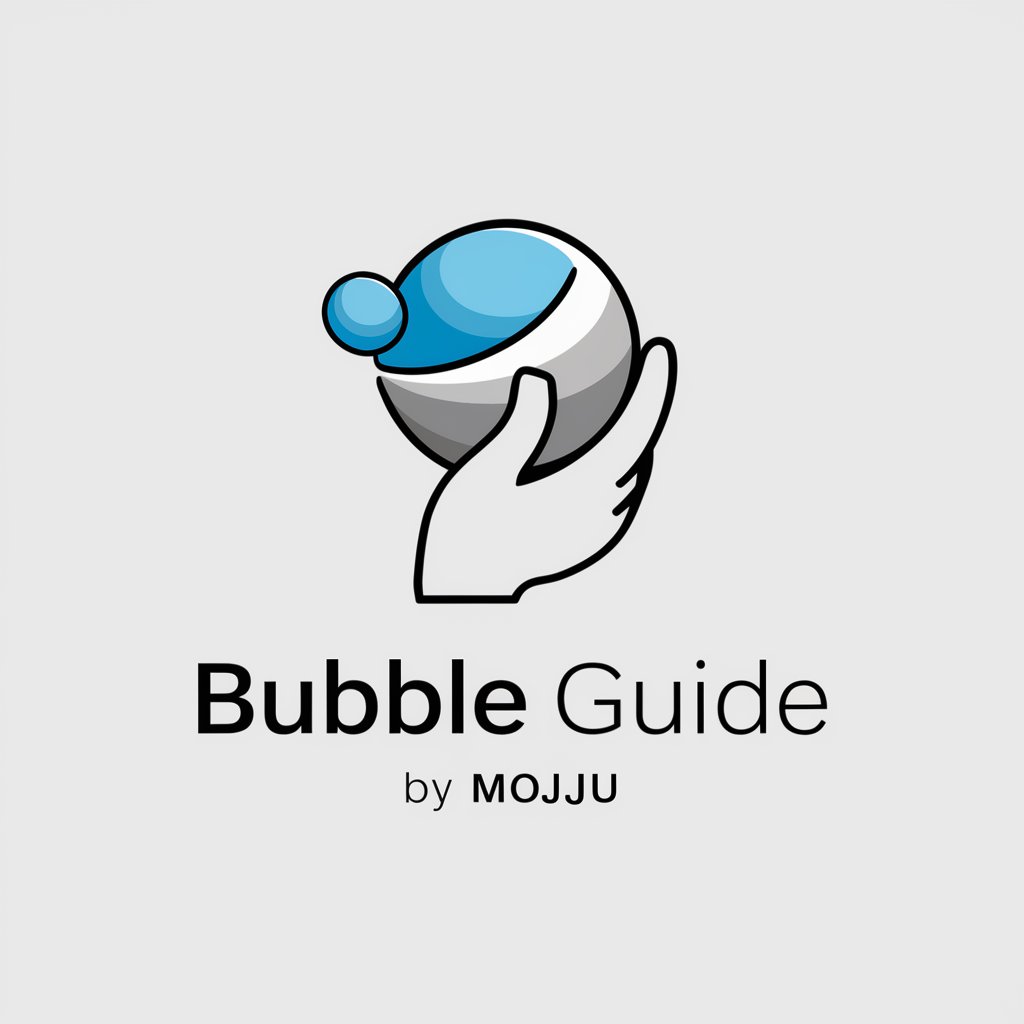
バブルmapくん β - Patent Visualization Tool

Hello! Upload J-platpat patent data for visualization.
Visualizing Patent Trends with AI
Generate a bubble map showing the top 10 applicants by year from Japanese patent data.
Create a visualization of FI categories based on Japanese patent filings.
Show a detailed bubble map of patent filings by top applicants and FI categories.
Illustrate patent application trends over the years using J-platpat data.
Get Embed Code
Introduction to バブルmapくん β
バブルmapくん β is a specialized AI tool designed to visualize patent data from J-platpat through the creation of bubble maps. Its core functionality lies in processing and analyzing patent information to generate insightful visual representations. These maps highlight the distribution and intensity of patent applications over time, focusing on variables such as applicant names and FI (Field of Invention) categories. The purpose behind バブルmapくん β's design is to aid users in identifying trends, patterns, and concentrations within the patent landscape, offering a unique perspective on innovation activity. By leveraging specific preprocessing steps and visualization techniques, such as splitting applicant names and FI codes correctly, and employing the 'ipaexg.ttf' Japanese font for accurate display of Japanese characters, it ensures the visualizations are both accurate and aesthetically pleasing. An example scenario might involve a user uploading a dataset of patent applications to visualize the leading applicants by volume over a decade, thereby uncovering trends in technological innovation. Powered by ChatGPT-4o。

Main Functions of バブルmapくん β
Applicant-based Patent Application Visualization
Example
Creating a bubble map to show the number of patent applications per year, segmented by the top 10 applicants.
Scenario
A research institution aiming to analyze the competitive landscape within a specific technology domain can use this function to identify major players and their activity over time.
FI Category-based Patent Application Visualization
Example
Generating a bubble map to display the distribution of patent applications across the top 10 FI categories by year.
Scenario
A patent strategist at a tech company may use this function to understand emerging technology trends and focus areas within their industry, aiding in strategic planning.
Combined Applicant and FI Category Visualization
Example
Producing a bubble map that cross-references the top applicants with the top FI categories, illustrating the areas of technological focus for these leading entities.
Scenario
Government agencies responsible for science and technology policy could use this function to guide their funding and support initiatives by identifying key innovation areas and contributors.
Ideal Users of バブルmapくん β Services
Patent Analysts and Strategists
Professionals tasked with analyzing patent landscapes, assessing competitive environments, and formulating IP strategies. They benefit from detailed visual analyses that reveal trends and patterns in patenting activity.
Research Institutions and Academic Researchers
Entities conducting studies on technological advancements and innovation dynamics. They leverage bubble maps for visual insights into research and development trends, enabling data-driven decisions on research directions.
Government and Policy Makers
Officials and agencies involved in crafting policies related to science, technology, and innovation. Access to visual patent data analytics supports evidence-based policy making, targeting support and investment in key innovation areas.
Technology Companies and Startups
Organizations looking to navigate the technological landscape, identify opportunities for innovation, and avoid patent infringement. Visualization tools help them understand their position relative to competitors and identify gaps in the market.

How to Use バブルmapくん β
Start without Hassle
Begin by accessing a free trial at yeschat.ai without the need for login or subscribing to ChatGPT Plus, ensuring easy and immediate access.
Upload Patent Data
Provide your patent data from J-platpat by uploading the CSV files directly into the tool. Ensure the data is correctly formatted as per J-platpat's standard to avoid any processing errors.
Preprocess Data
Utilize the provided preprocessing scripts to format your FI and applicant data correctly. This step is crucial for accurate visualization in later stages.
Generate Bubble Maps
Use the tool to create bubble maps based on the top 10 applicants and FI categories. Adjust settings to focus on specific years or technology fields as needed.
Analyze and Interpret
Explore the generated bubble maps to analyze trends, patterns, and insights about patent applications over time. Use the visualizations for strategic planning or academic research.
Try other advanced and practical GPTs
Surreal Narrator
Empower Your Creativity with AI

Zen and the Art of Motorcycle Maintenance
Exploring Quality through AI

ZepaView
Visualize Your Data with AI-Powered Insights
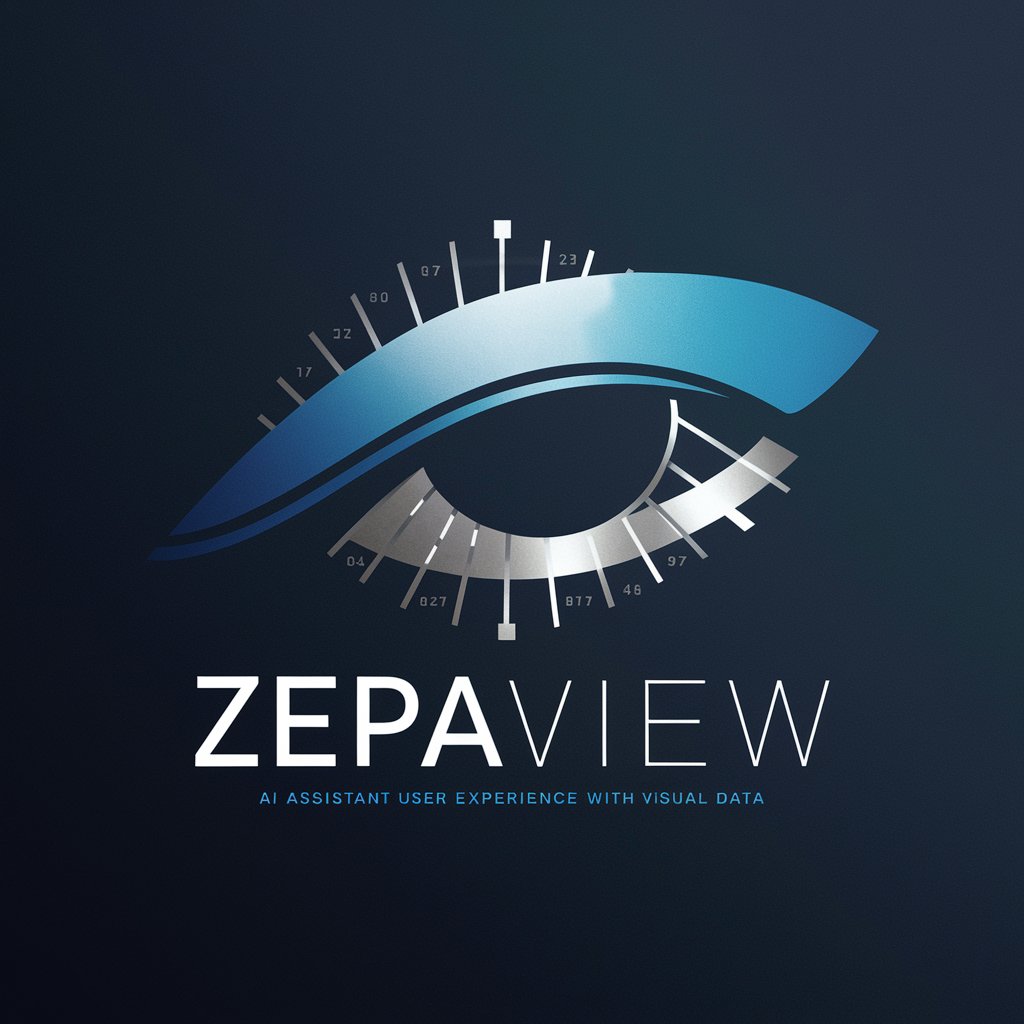
Story GPT
Craft Your Adventure with AI
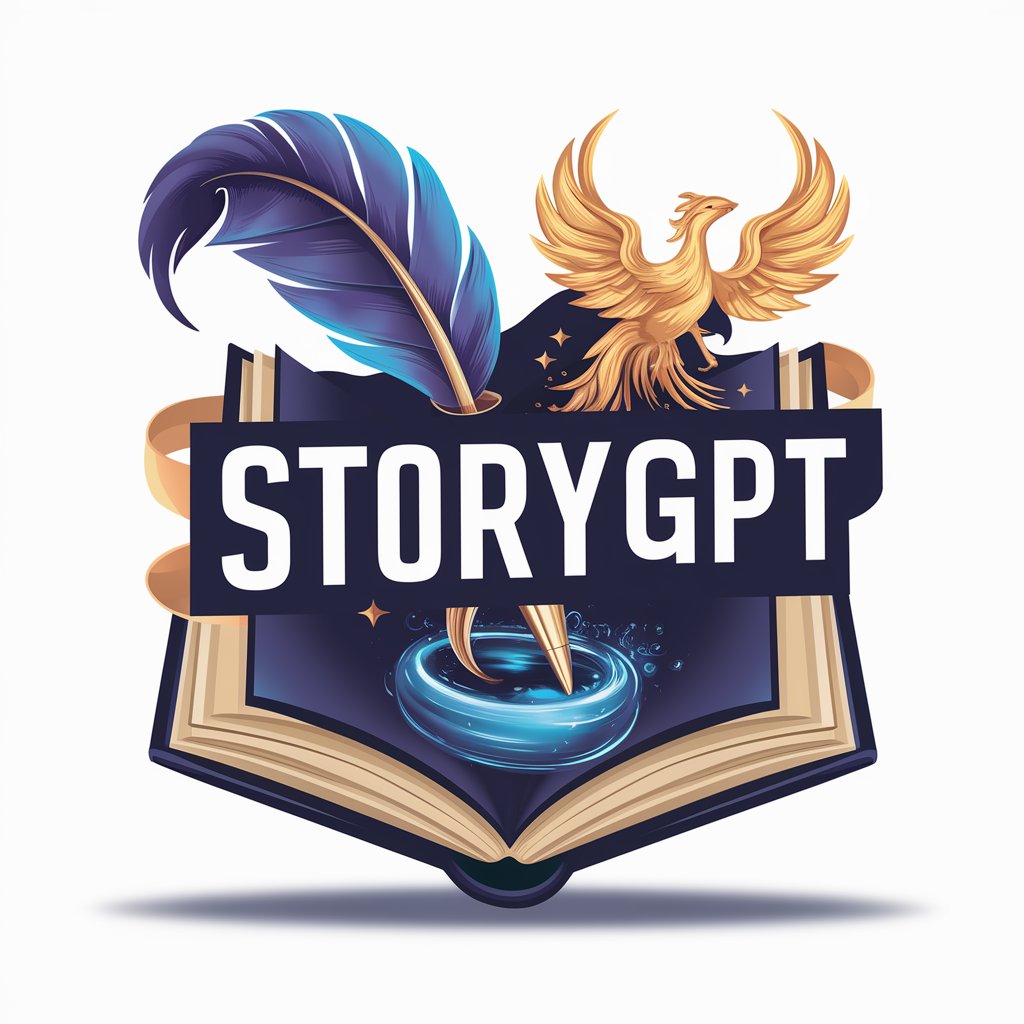
Cutesocial
AI-Powered Advertising Expertise

Social Snippet Wizard
Transforming content into social engagement
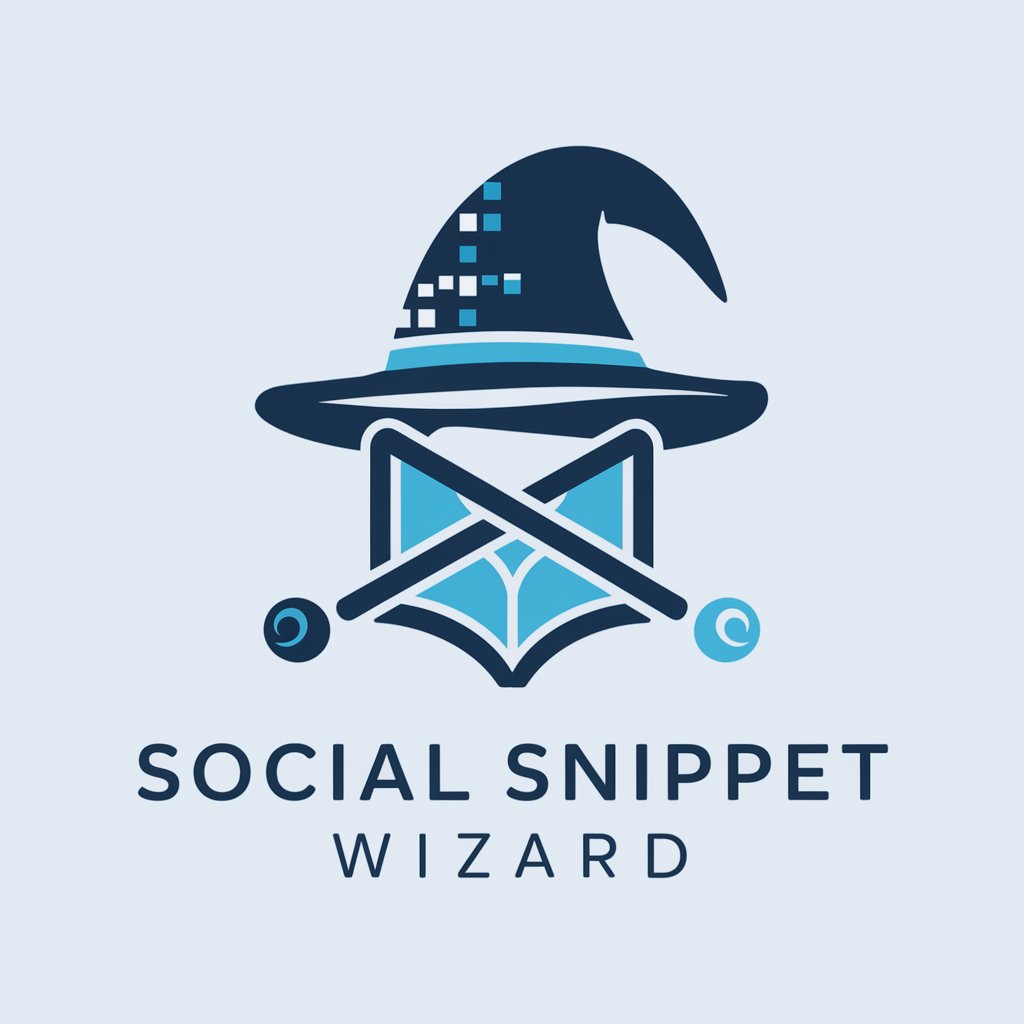
SkinExpert: Cosmetic Ingredients Analysis BOT
Unlock Your Skin's Potential with AI

Reims Explorer
Discover Reims, Uncover Authenticity

Weekend Planner
Craft Your Perfect Weekend with AI

Niche Navigator
Discover Your Perfect Niche, AI-Powered

Wedding Venue Finder
Discover Your Dream Wedding Venue with AI

Helpful Content Analyst
Elevating Content with AI Insight
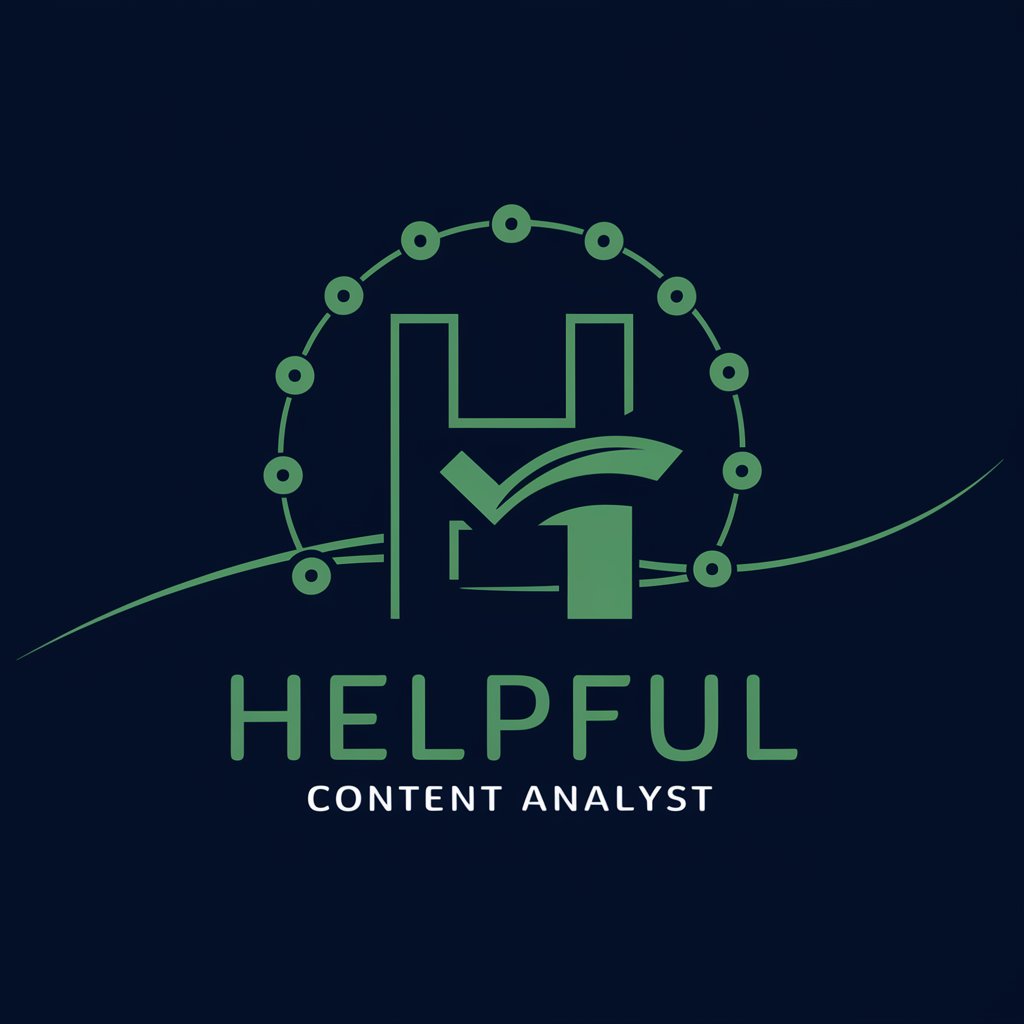
Detailed Q&A about バブルmapくん β
What is バブルmapくん β?
バブルmapくん β is a specialized tool designed for creating bubble maps from patent data sourced from J-platpat. It visualizes trends and patterns in patent applications, focusing on the top applicants and FI categories.
What kind of data is needed to use バブルmapくん β?
The tool requires patent data downloaded from J-platpat, specifically formatted in CSV files. The data should include key information such as application dates, FI categories, and applicant names.
Can バブルmapくん β process data in any language?
While the tool is optimized for Japanese patent data, it uses the 'ipaexg.ttf' font to ensure accurate and aesthetically pleasing visualization of Japanese text in the bubble maps.
How does バブルmapくん β handle large datasets?
The tool preprocesses data to manage large datasets efficiently. It focuses on the top 10 applicants and FI categories to create insightful visualizations without overwhelming users.
What are the common use cases for バブルmapくん β?
Common use cases include analyzing trends in patent applications, strategic planning for R&D investments, academic research on technology evolution, and competitive intelligence gathering.
